Home>Furniture & Design>Bathroom Accessories>What Is The Small Hole In Toilet Bowl
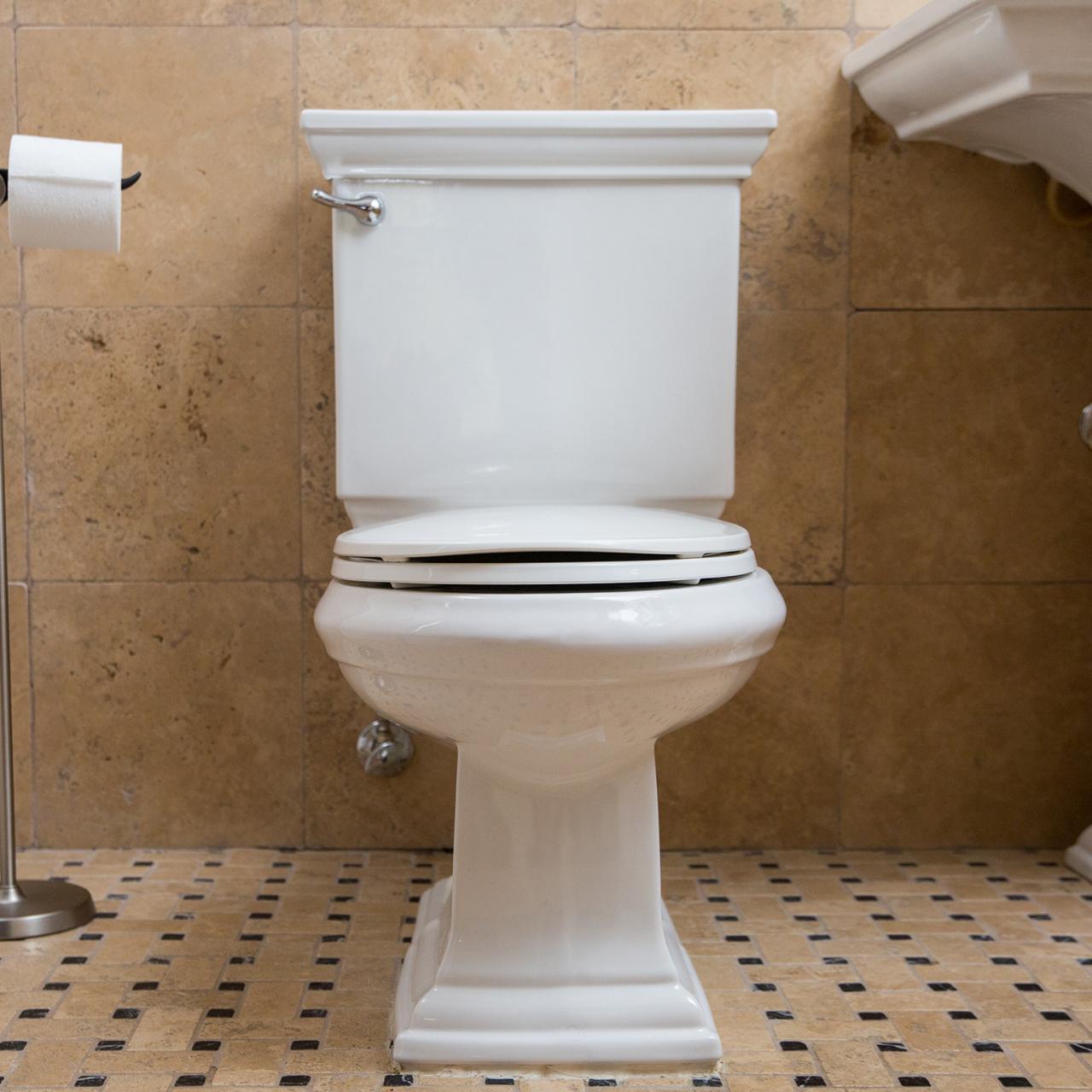

Bathroom Accessories
What Is The Small Hole In Toilet Bowl
Published: February 14, 2024
Discover the purpose of the small hole in the toilet bowl and how it contributes to your bathroom accessories. Learn about its function and importance.
(Many of the links in this article redirect to a specific reviewed product. Your purchase of these products through affiliate links helps to generate commission for Storables.com, at no extra cost. Learn more)
Introduction
When it comes to the design and functionality of a toilet, there are numerous components that play a crucial role in its operation. One such element that often piques curiosity is the small hole located at the top of the toilet bowl. This inconspicuous feature may seem insignificant at first glance, but it serves a vital purpose in the overall mechanism of the toilet.
The small hole, also known as the overflow or siphon jet, is an integral part of the toilet's flushing system. While it may appear unassuming, its presence is essential for ensuring the proper functioning of the toilet and maintaining optimal hygiene in the bathroom. Understanding the role of this small orifice can provide valuable insights into the inner workings of a toilet and how it contributes to efficient waste disposal and cleanliness.
In this article, we will delve into the intricacies of the small hole in the toilet bowl, exploring its purpose, functionality, and dispelling common misconceptions surrounding its role. By shedding light on this often overlooked component, we aim to provide a comprehensive understanding of how toilets operate and the significance of each element in the overall system. So, let's embark on a journey to unravel the mysteries of the small hole in the toilet bowl and gain a newfound appreciation for its indispensable role in our daily lives.
Key Takeaways:
- The small hole in the toilet bowl, known as the siphon jet, is crucial for efficient waste removal and water conservation during flushing. It ensures a clean and functional toilet with minimal water usage.
- Regular maintenance and cleaning of the small hole are essential to prevent clogs and maintain optimal functionality. Periodic inspection, targeted cleaning, and preventative measures contribute to a hygienic bathroom environment.
Read more: How To Clean Toilet Bowl Holes
The Purpose of the Small Hole
The small hole in the toilet bowl, often referred to as the siphon jet or overflow, serves a crucial purpose in the flushing mechanism. Its primary function is to initiate and facilitate the siphon action during the flushing process. When the toilet is flushed, water rushes into the bowl through the rim and the small hole simultaneously. This influx of water creates a powerful force that propels the waste and water in the bowl through the trapway and into the drainpipe, effectively clearing the bowl of its contents.
The strategic placement of the small hole is designed to maximize the efficiency of the flushing process. By directing water into the bowl at a specific angle and velocity, the siphon jet ensures thorough and effective waste removal with minimal water usage. This not only contributes to the overall cleanliness of the toilet but also promotes water conservation, aligning with modern sustainability efforts.
Furthermore, the small hole plays a pivotal role in preventing clogs and maintaining the proper water level in the bowl. By swiftly expelling waste and water from the bowl, it minimizes the risk of blockages and ensures that the toilet functions smoothly with each flush. Additionally, the siphon jet helps to replenish the water in the bowl after flushing, restoring it to the optimal level for subsequent use.
In essence, the small hole in the toilet bowl is not merely a passive opening but a dynamic component that actively contributes to the efficiency, cleanliness, and functionality of the toilet. Its strategic placement and role in initiating the siphon action demonstrate its indispensable nature in the overall flushing process, making it a fundamental element in the design and operation of modern toilets.
How the Small Hole Works
The functionality of the small hole in the toilet bowl, commonly known as the siphon jet, is a fascinating aspect of toilet engineering. Understanding how this small orifice operates provides valuable insights into the intricacies of the flushing process and the role it plays in maintaining optimal hygiene and efficiency.
When a toilet is flushed, water is released from the tank and enters the bowl through two primary pathways: the rim and the siphon jet. The water that flows through the rim serves to create a swirling motion in the bowl, effectively initiating the removal of waste and promoting cleanliness. Simultaneously, water is directed into the bowl through the small hole, the siphon jet, at a high velocity and specific angle.
The strategic positioning of the siphon jet is designed to harness the kinetic energy of the incoming water, creating a powerful force that initiates the siphon action. As water enters the bowl through the small hole, it combines with the existing water and waste, generating a surge of pressure that propels the contents through the trapway and into the drainpipe. This rapid expulsion of waste and water from the bowl effectively clears it, preparing it for the next use.
The siphon action, facilitated by the small hole, is a key element in the efficient operation of the toilet. It ensures thorough waste removal while minimizing water usage, contributing to both cleanliness and water conservation. Additionally, the force generated by the siphon jet helps to prevent clogs by swiftly expelling waste from the bowl, reducing the likelihood of blockages and ensuring smooth functionality.
Furthermore, the small hole's role extends beyond waste removal. After the flushing process is complete, the siphon jet continues to play a crucial part in replenishing the water in the bowl to its optimal level. This ensures that the toilet is ready for subsequent use, maintaining a hygienic and functional environment for users.
In essence, the small hole, or siphon jet, operates as a dynamic initiator of the siphon action, harnessing the energy of incoming water to facilitate efficient waste removal and maintain the cleanliness and functionality of the toilet. Its strategic design and functionality exemplify its indispensable role in the flushing process, making it a vital component in the seamless operation of modern toilets.
Common Misconceptions
Despite its critical role in the flushing process, the small hole in the toilet bowl, also known as the siphon jet, is often shrouded in misconceptions and misunderstandings. These misconceptions can lead to confusion about the functionality and significance of this essential component. By addressing these misconceptions, we can gain a clearer understanding of the small hole's role and dispel any myths surrounding its operation.
One common misconception is that the small hole in the toilet bowl is an insignificant feature with no specific purpose. This belief often leads individuals to overlook its importance in the flushing mechanism. In reality, the small hole, or siphon jet, is a fundamental element that actively contributes to the efficiency and effectiveness of waste removal during the flushing process. Its strategic placement and role in initiating the siphon action demonstrate its indispensable nature in the overall functionality of modern toilets.
Another prevalent misconception is that the small hole is solely responsible for refilling the bowl with water after flushing. While the siphon jet does play a part in replenishing the water level, its primary function is to initiate the siphon action and facilitate the expulsion of waste and water from the bowl. The refilling of the bowl is a collaborative effort involving various components, including the fill valve and the bowl refill tube, working in tandem to restore the water to its optimal level for subsequent use.
Furthermore, there is a misconception that the small hole is prone to clogging and requires frequent maintenance. While it is essential to keep the siphon jet free from any obstructions to ensure its proper functioning, it is designed to minimize the risk of clogs through its swift expulsion of waste and water from the bowl. Regular cleaning and maintenance of the entire toilet system, including the siphon jet, can help prevent potential issues and ensure the seamless operation of the flushing mechanism.
By addressing these misconceptions and gaining a deeper understanding of the small hole's role, we can appreciate its significance in the overall functionality of the toilet. Dispelling myths and misconceptions surrounding this essential component allows us to recognize its vital contribution to waste removal, cleanliness, and the efficient operation of modern toilets.
Maintenance and Cleaning
Proper maintenance and regular cleaning are essential for ensuring the optimal functionality and cleanliness of the small hole, or siphon jet, in the toilet bowl. By incorporating effective maintenance practices and adhering to a consistent cleaning regimen, individuals can uphold the efficiency of the flushing mechanism and promote a hygienic bathroom environment.
Read more: What Is In Toilet Bowl Cleaner
Regular Inspection:
Periodic inspection of the small hole is crucial to identify any potential obstructions or buildup that may impede its performance. During routine maintenance, individuals should visually inspect the siphon jet for any mineral deposits, debris, or foreign objects that could hinder the flow of water during flushing. Additionally, checking for signs of discoloration or scaling around the small hole can indicate the presence of mineral buildup, prompting the need for targeted cleaning.
Cleaning Techniques:
To maintain the optimal functionality of the small hole, it is imperative to employ effective cleaning techniques that target any accumulated deposits or blockages. Using a toilet brush or a dedicated cleaning tool, gently scrubbing the area around the siphon jet can help dislodge any stubborn buildup and restore unobstructed water flow. Furthermore, utilizing a mild cleaning solution or vinegar to dissolve mineral deposits can effectively rejuvenate the siphon jet, ensuring its unhindered operation during flushing.
Preventative Measures:
In addition to regular cleaning, implementing preventative measures can mitigate the risk of potential obstructions in the small hole. Utilizing toilet bowl cleaners that are specifically formulated to prevent mineral buildup can help maintain the cleanliness of the siphon jet over time. Moreover, encouraging the use of toilet-friendly products and avoiding the disposal of non-flushable items can minimize the likelihood of debris accumulating around the small hole, preserving its unimpeded functionality.
Professional Maintenance:
For persistent or complex issues related to the small hole or the overall flushing mechanism, seeking professional maintenance services from a qualified plumber can provide comprehensive solutions. Professional inspection and maintenance can address underlying issues, such as clogs or mechanical malfunctions, ensuring the optimal performance of the siphon jet and the entire toilet system.
By prioritizing regular inspection, employing effective cleaning techniques, implementing preventative measures, and seeking professional maintenance when necessary, individuals can uphold the efficiency and cleanliness of the small hole in the toilet bowl. These proactive measures contribute to the seamless operation of the flushing mechanism, promoting a hygienic and functional bathroom environment for users.
The small hole in the toilet bowl is called the siphon jet, and it helps to create a powerful flush by releasing water into the bowl at a high velocity. Keeping this hole clean and free from blockages will ensure a more effective flush.
Read more: What Is The Best Toilet Bowl
Conclusion
In conclusion, the small hole in the toilet bowl, often referred to as the siphon jet or overflow, plays a pivotal role in the efficient operation of modern toilets. Its strategic placement and functionality are integral to the flushing mechanism, contributing to waste removal, cleanliness, and water conservation. By initiating the siphon action and facilitating the expulsion of waste and water from the bowl, the small hole ensures thorough flushing with minimal water usage, aligning with sustainability efforts.
Understanding the purpose and functionality of the small hole dispels common misconceptions and highlights its indispensable nature in the overall design of toilets. Contrary to misconceptions, the small hole is not merely a passive opening but a dynamic initiator of the siphon action, harnessing the energy of incoming water to propel waste removal and maintain optimal water levels in the bowl.
Moreover, proper maintenance and regular cleaning are essential for preserving the efficiency of the small hole. Periodic inspection, targeted cleaning techniques, and preventative measures contribute to the unimpeded functionality of the siphon jet, ensuring the seamless operation of the flushing mechanism.
By unraveling the mysteries of the small hole in the toilet bowl, we gain a newfound appreciation for its vital role in promoting cleanliness, water conservation, and the overall functionality of toilets. Its unassuming presence belies its significant contribution to everyday hygiene and environmental sustainability.
In essence, the small hole in the toilet bowl exemplifies the intricate engineering and thoughtful design that underpin modern bathroom accessories. Its unassuming appearance belies its critical function, serving as a testament to the meticulous consideration given to every component of the toilet. As we continue to prioritize efficiency, sustainability, and hygiene in our daily lives, the small hole stands as a silent yet essential ally in maintaining a clean and functional bathroom environment.
Frequently Asked Questions about What Is The Small Hole In Toilet Bowl
Was this page helpful?
At Storables.com, we guarantee accurate and reliable information. Our content, validated by Expert Board Contributors, is crafted following stringent Editorial Policies. We're committed to providing you with well-researched, expert-backed insights for all your informational needs.
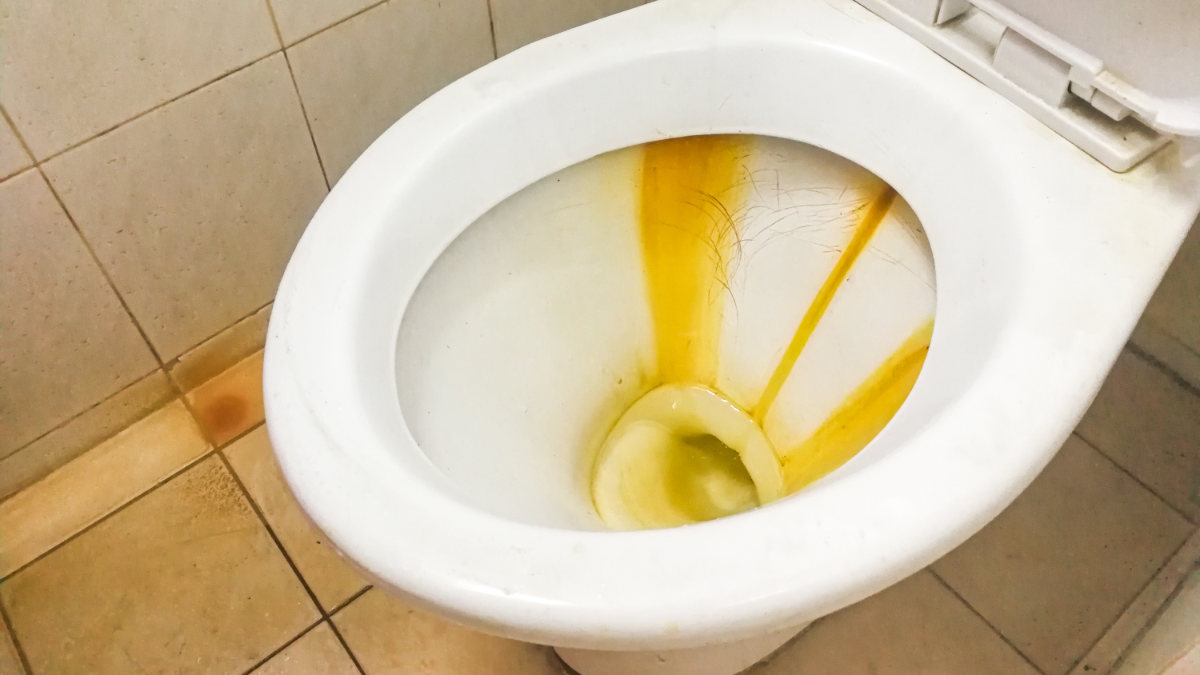
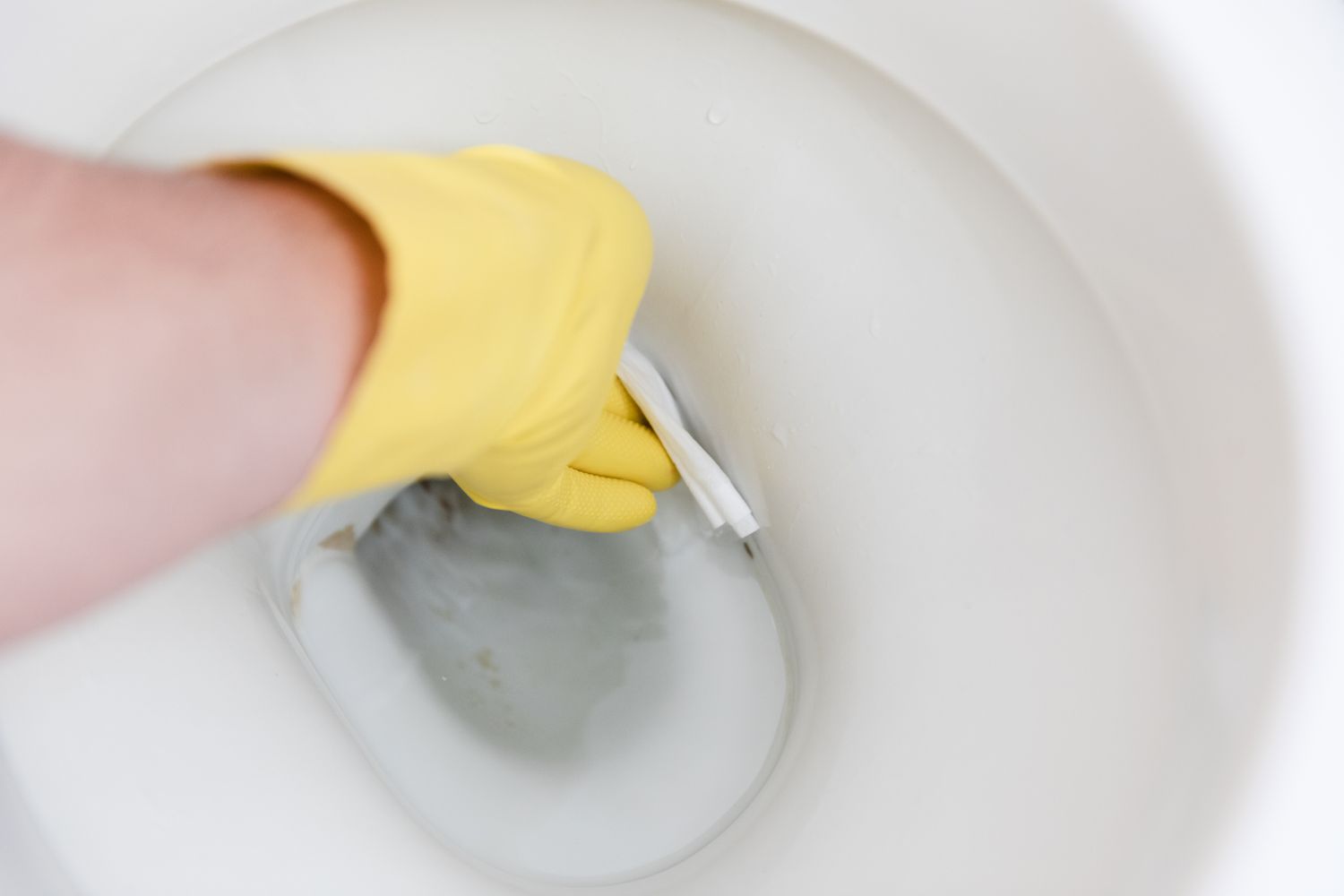
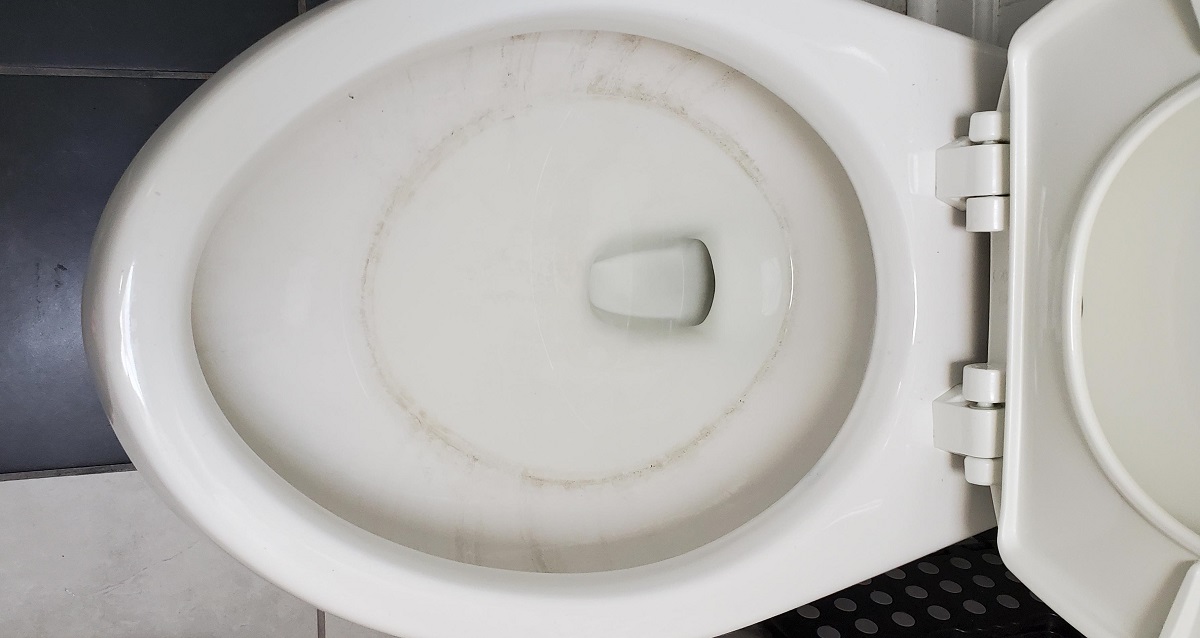
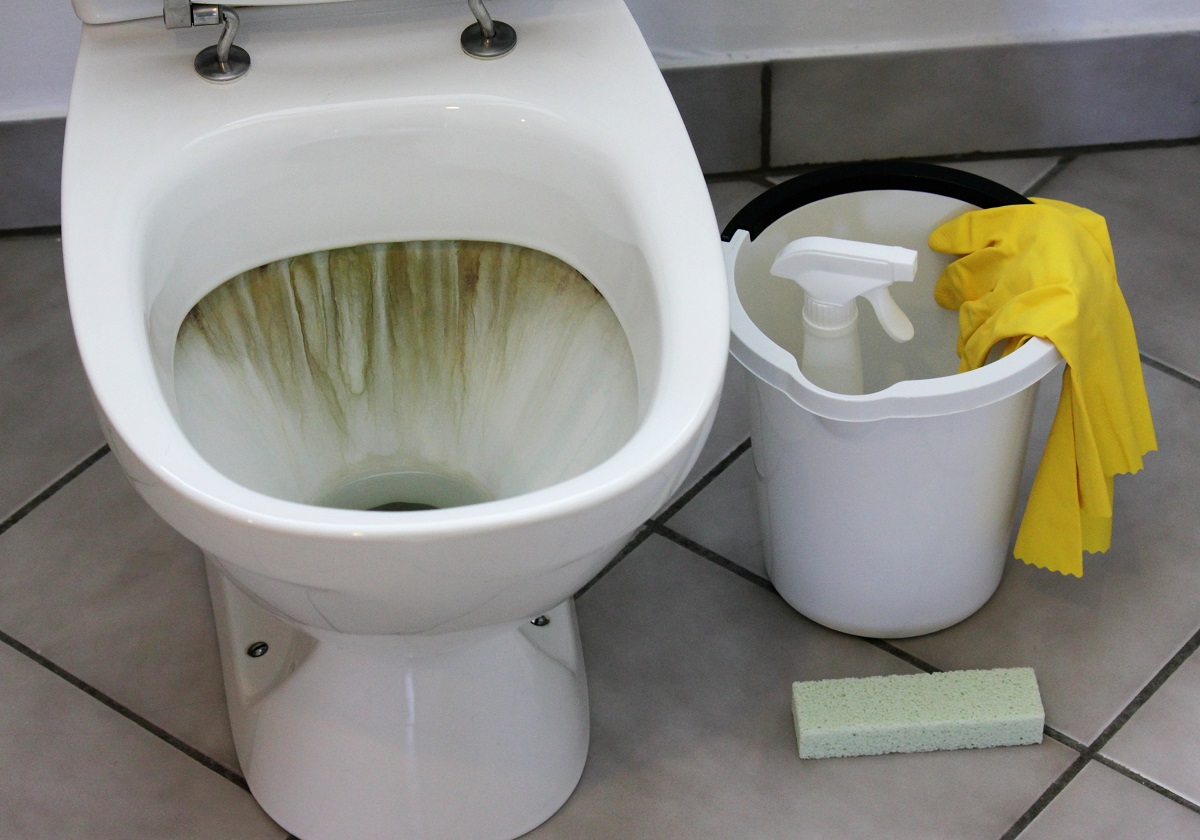
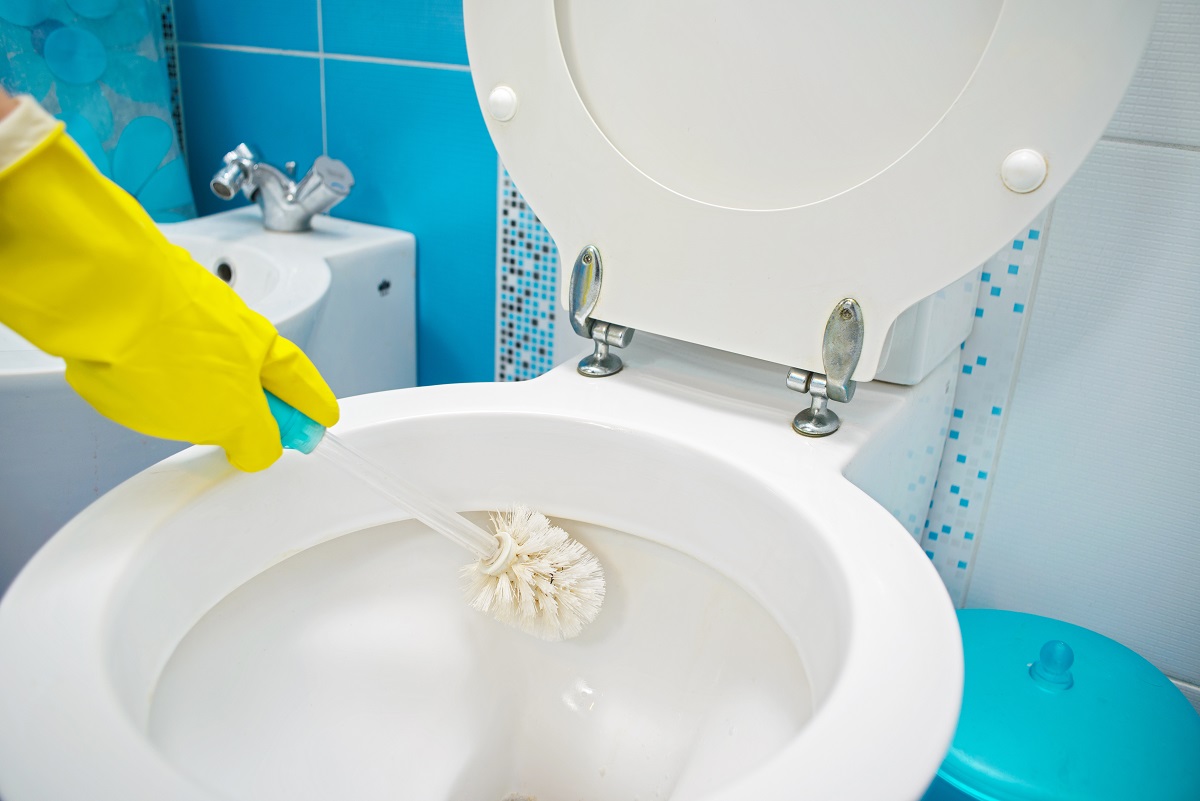
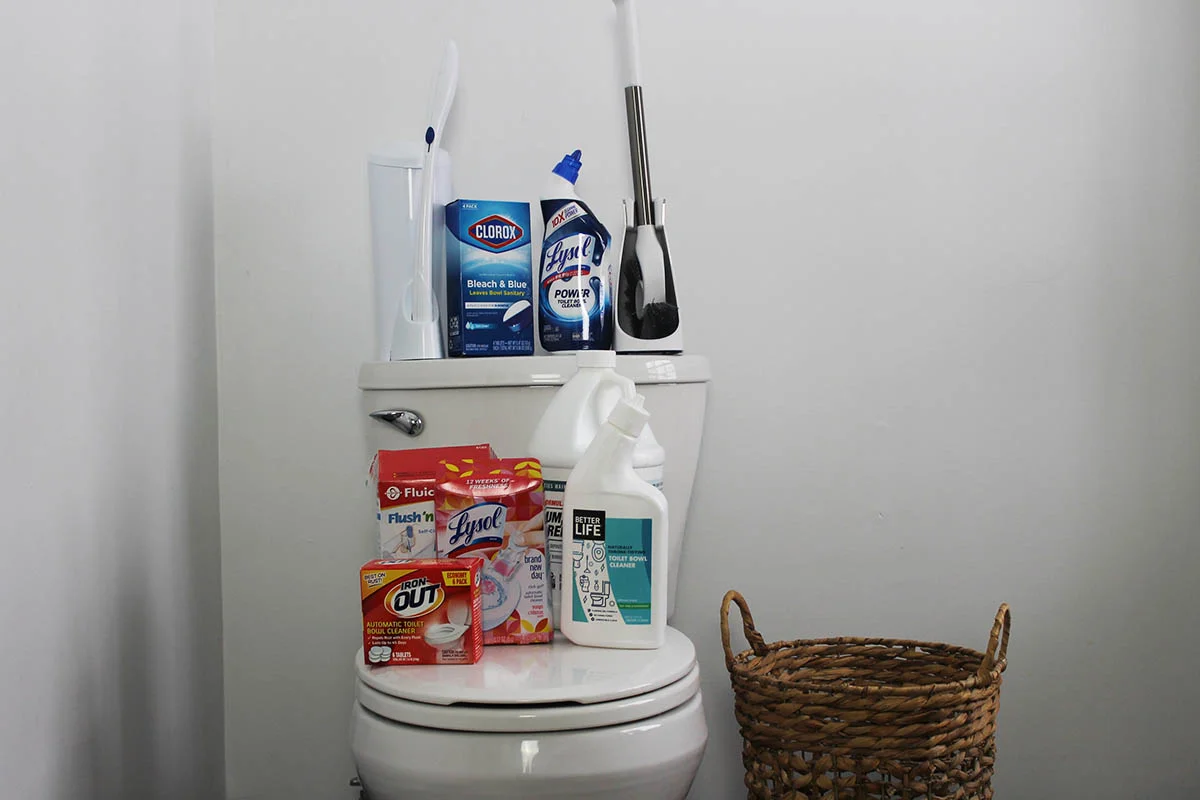
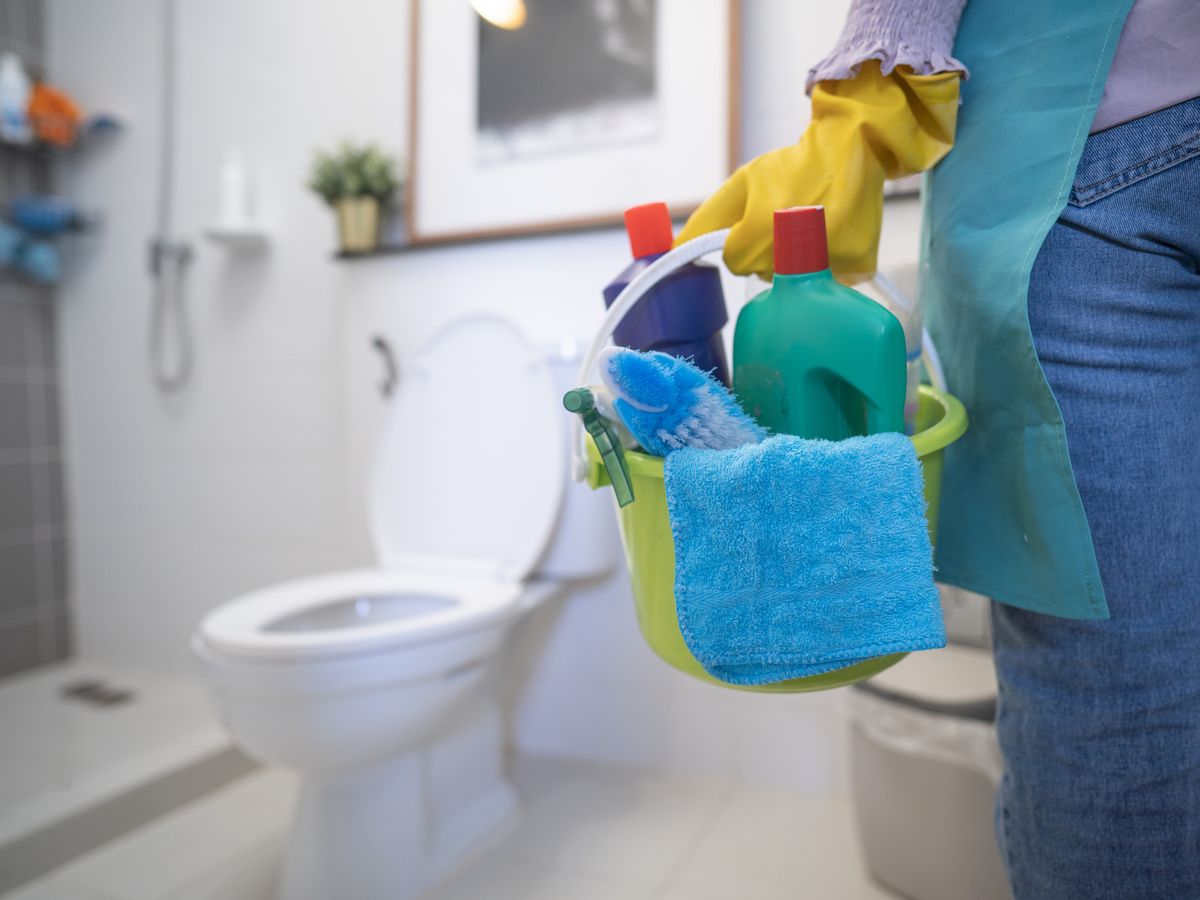
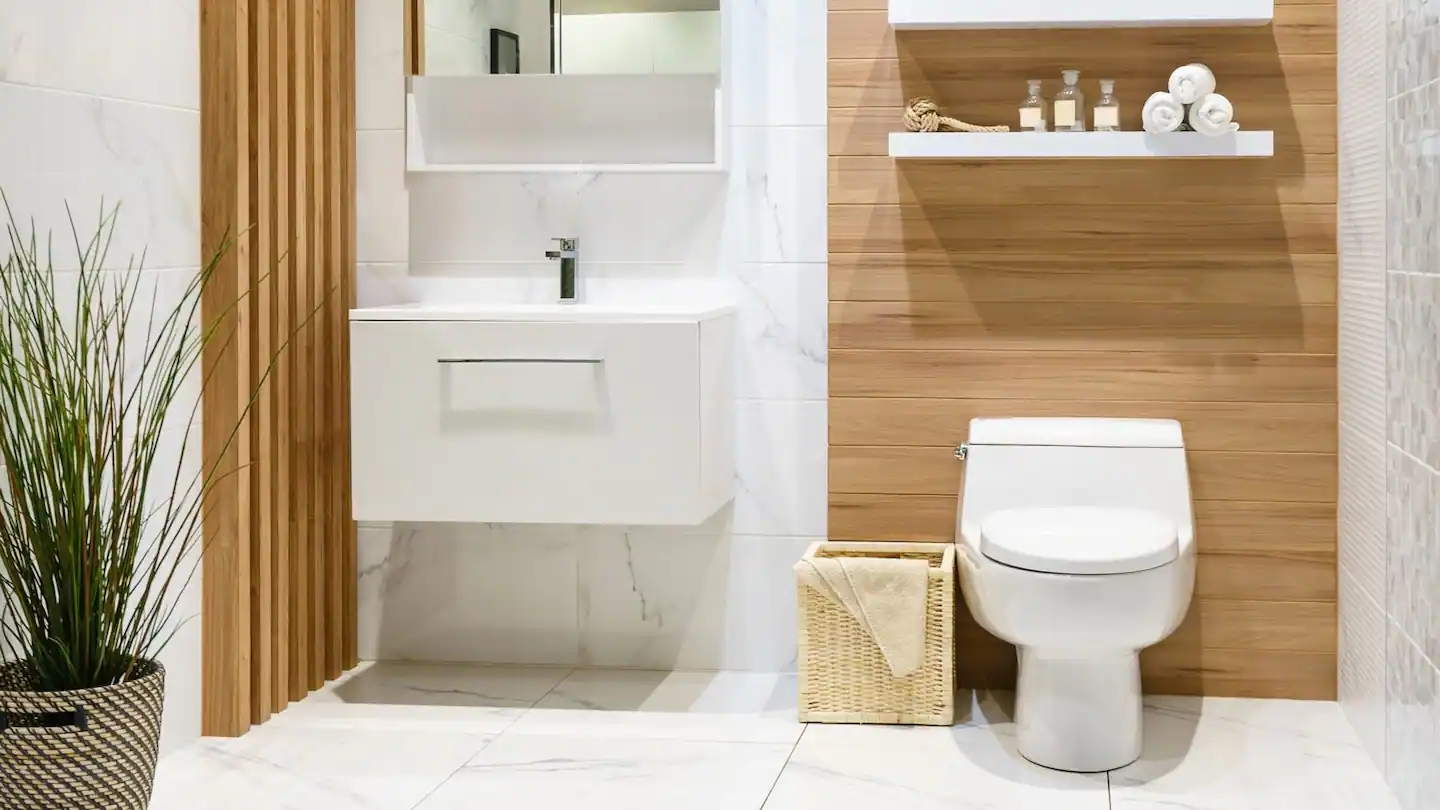
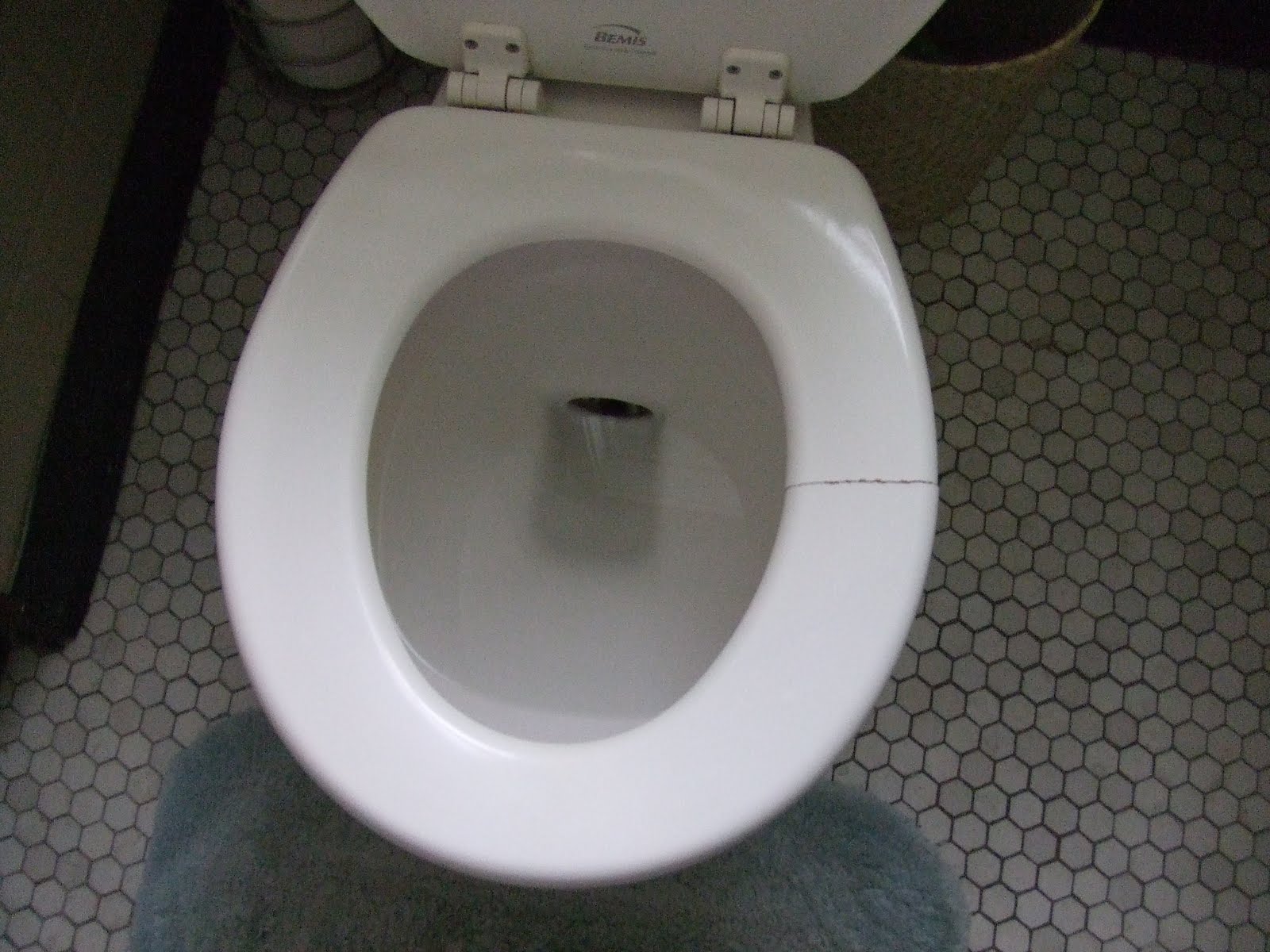
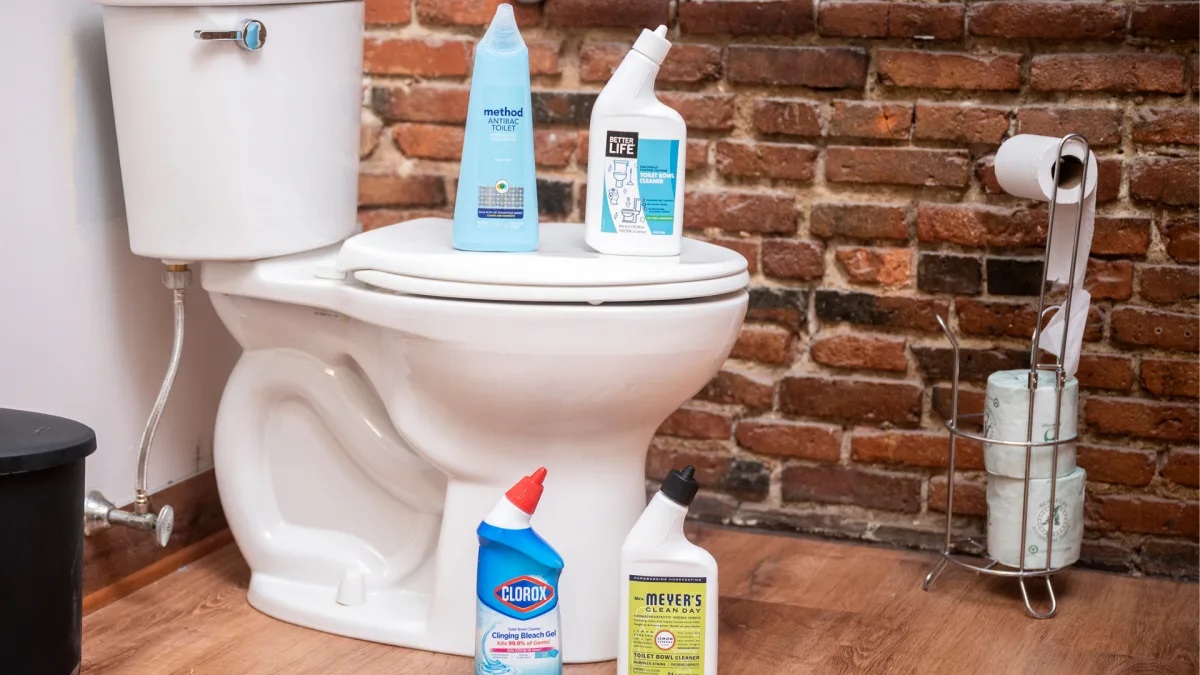
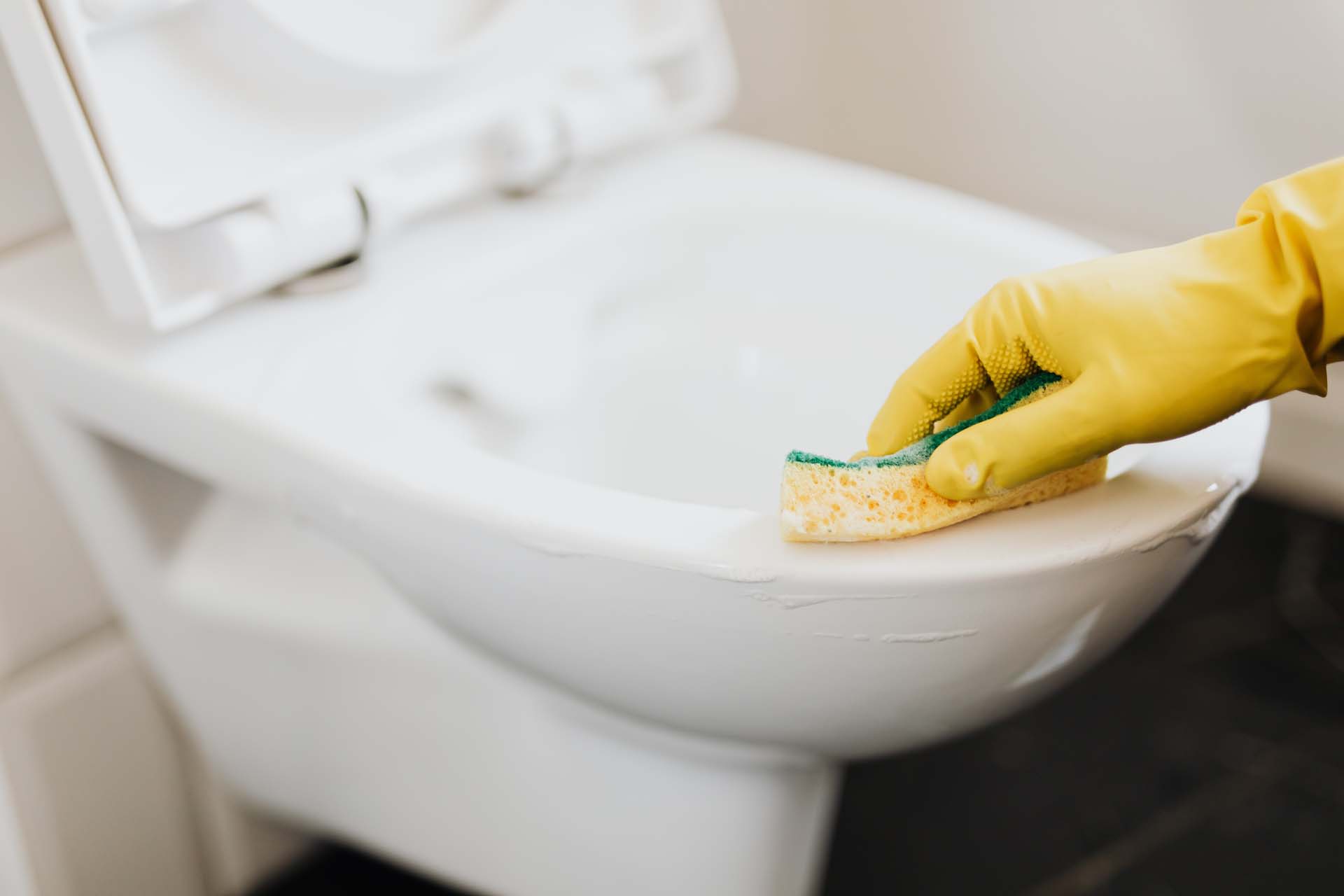
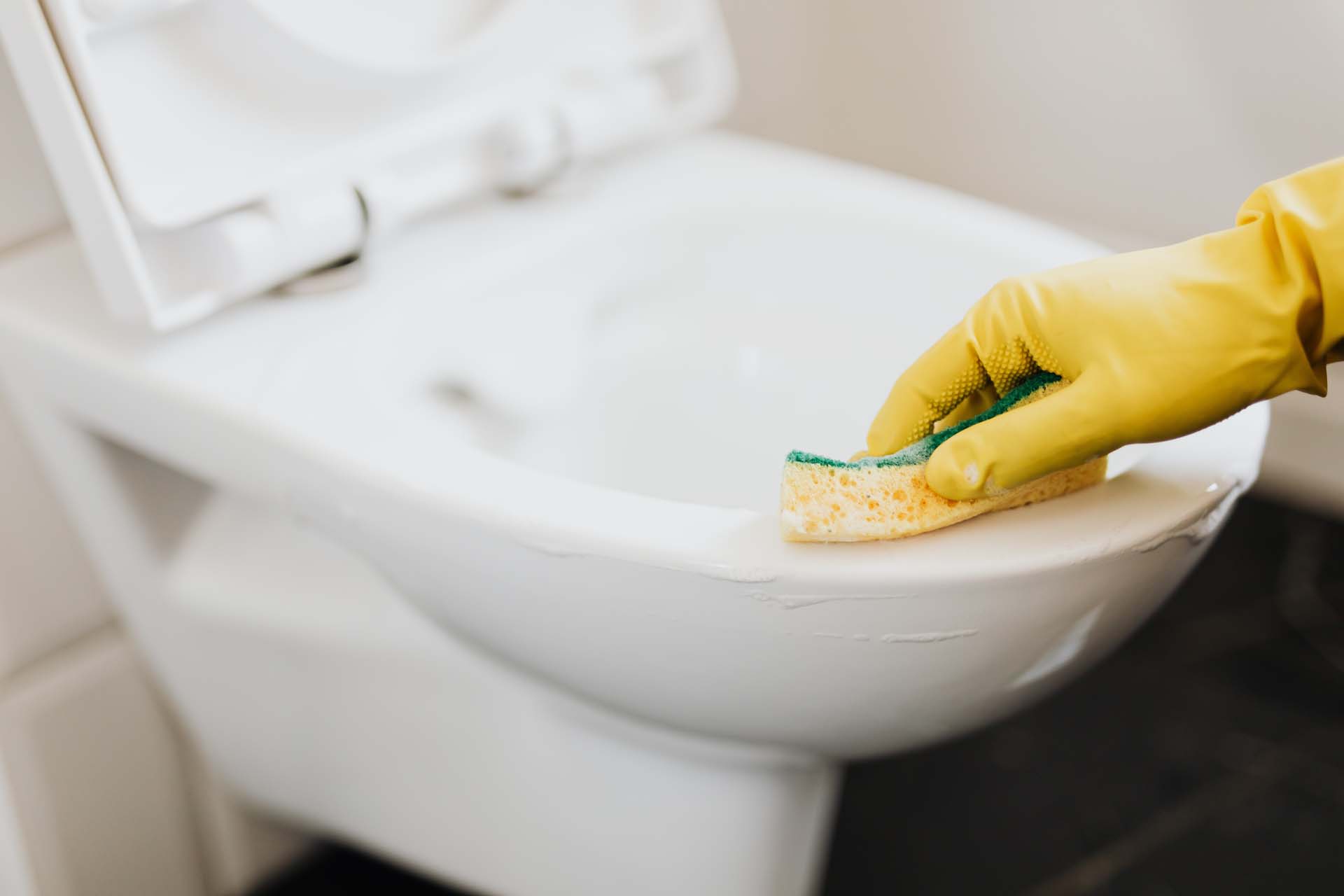
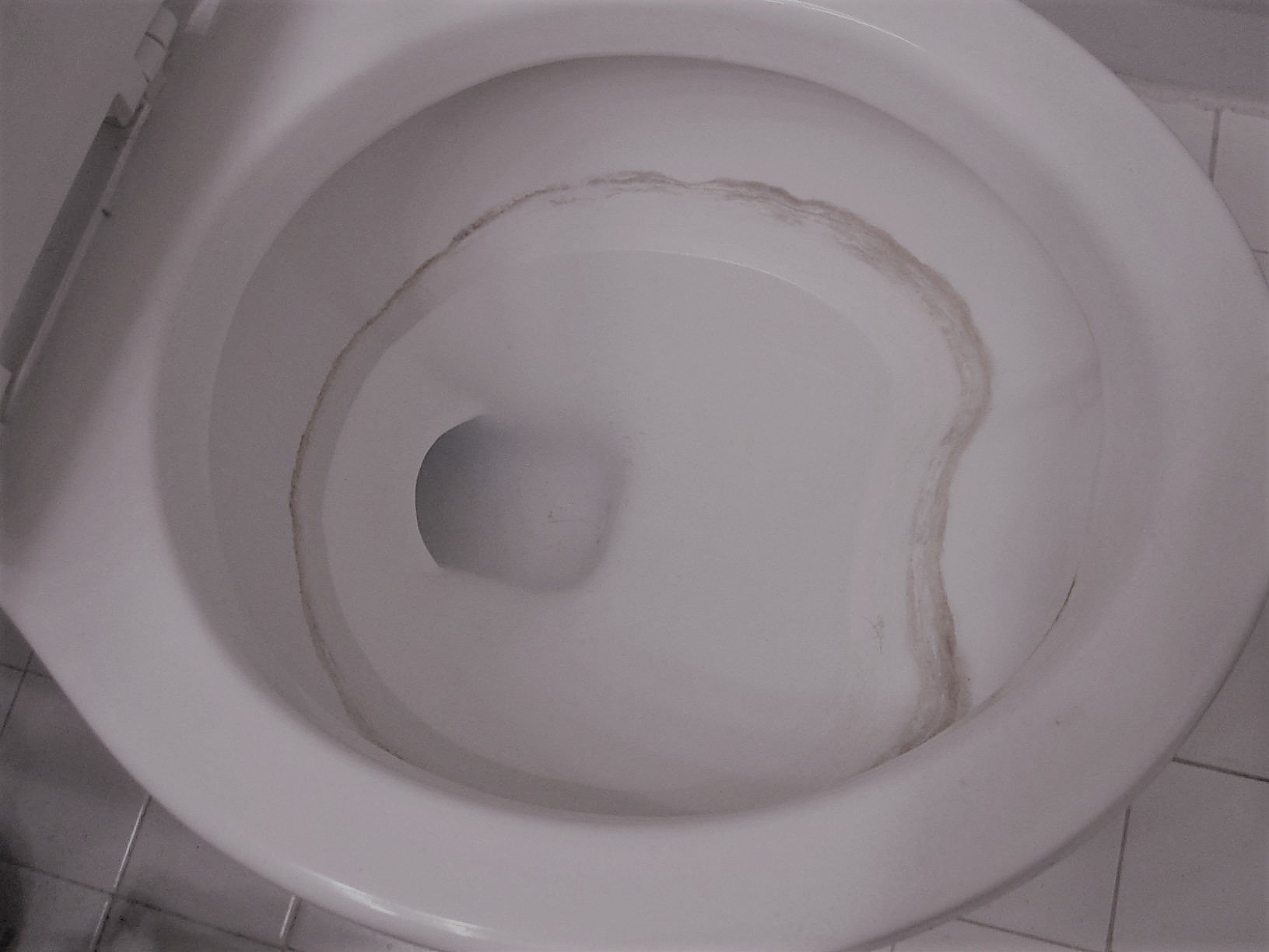

0 thoughts on “What Is The Small Hole In Toilet Bowl”